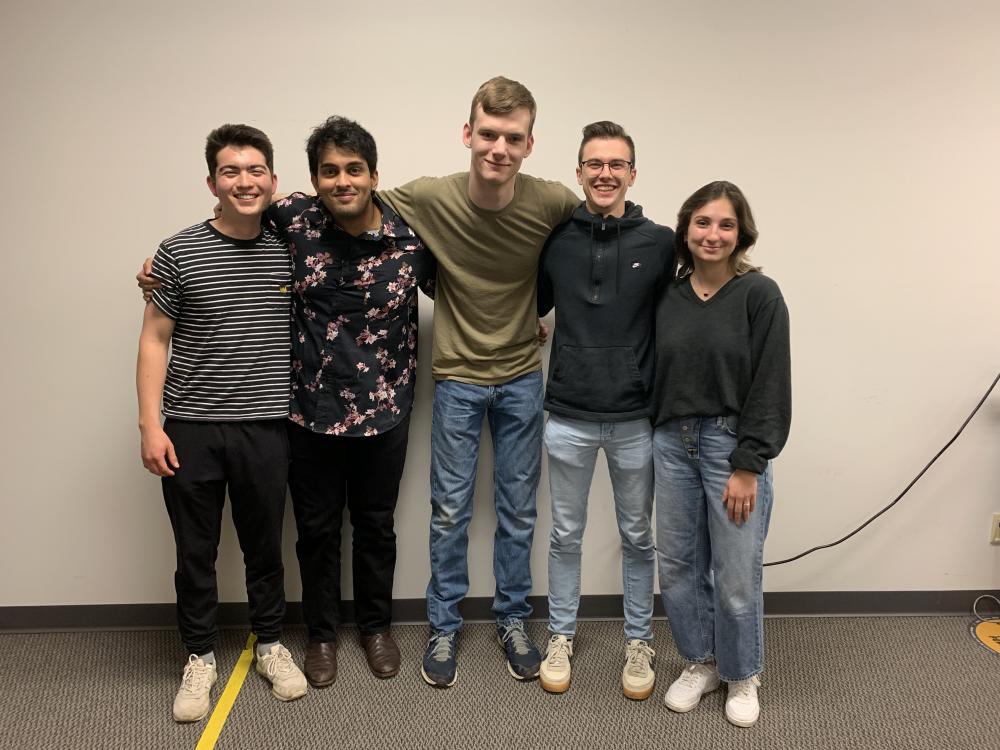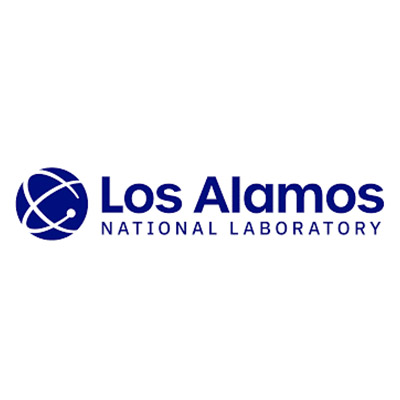This capstone project worked with Los Alamos National Laboratory, a leader in the design and proliferation of nuclear weapons testing, to examine and encapsulate a concept known as the Digital Thread. Specifically, our client tasked us with designing and manufacturing a simple system with a digital twin that we could manipulate through the digital thread and model-based system engineering (MBSE) software. The goal of MBSE, and this project, was to be able to virtually test and validate system characteristics of a model. As stated by our client, the final deliverable should not only include the system and how it works, but also the problem-solving process that led us to develop the digital thread.
The first semester was primarily spent researching MBSE and related software as all the software and material was new to our group members. Once we were familiarized with the material and considered the customer’s requirements, we began to create our Cameo model and design our simple machine. We chose to create a pneumatic piston system which was designed in Creo. In addition to manufacturing variability, we modified the slug of the system to assess differences in testing, thus analyzing how the projectile’s force and distance travelled fundamentally changes based on internal factors. Testing was conducted with our physical prototype, and results showcased a negative trend in projectile distance and force in relation to a reduction in compression length. Following this, the results from testing were validated using Matlab, allowing us to compare the theoretical and actual data.
Once the physical aspect of our project was completed, we began to integrate the data collected into our digital thread. We learned how to import and export the data from our software by means of CSV files; this allowed us to connect Excel, Cameo, Matlab, and Abaqus together. By doing so, we were able to create a closed feedback loop that could change based on variance in data and allow for automatic updating of the digital twin.
Semester of Project:
Team Photo:


